| In vitro: |
| J Agric Food Chem. 2011 Jun 22;59(12):6594-604. | | Distribution of free amino acids, flavonoids, total phenolics, and antioxidative activities of Jujube (Ziziphus jujuba) fruits and seeds harvested from plants grown in Korea.[Pubmed: 21574660] | Fruit pulp and seeds from the jujube plant possess nutritional and medicinal properties. The bioactive components have been shown to vary both with cultivar and with growing conditions. Most studies report the components of varieties from China.
METHODS AND RESULTS:
We measured free amino acid, individual phenolic, and total phenolic content, and antioxidative activities in three jujube fruit pulp extracts from Boeun-deachu, Mechu, and Sanzoin cultivars and two seed extracts (Mechu and Sanzoin) from plants grown in Korea. In g/100 g dry weight, total free amino acid content measured by ion-exchange chromatography ranged from 5.2 to 9.8 in the pulp and from 4.0 to 5.3 in the seed. Total phenolic content measured by Folin-Ciocalteu ranged from 1.1 to 2.4 in the pulp and from 3.6 to 4.6 in the seed. Flavonoids were measured by HPLC and ranged from 0.7 to 1.8 in the pulp and from 3.2 to 4.0 in the seed. Flavonoids were identified by HPLC elution position and UV/vis and mass spectra. Fruits contained the following flavonoids: procyanidin B2, epicatechin, quercetin-3-O-rutinoside (Q-3-R), quercetin-3-O-galactoside (Q-3-G), kaempferol-glucosyl-rhamnoside (K-G-R), and two unidentified compounds. Seeds contained the following flavonoids: saponarin, spinosin, vitexin, swertish, 6'''-hydroxybenzoylspinosin (6'''-HBS), 6'''-Feruloylspinosin (6'''-FS), and one unidentified substance. Dimensions and weights of the fresh fruit samples affected phenolic content. The distribution of the individual flavonoids among the different samples varied widely. Data determined by the FRAP antioxidative assay were well correlated with total phenolic content. In a departure from other studies, data from the DPPH free radical assay were not correlated with FRAP or with any of the measured compositional parameters.
CONCLUSIONS:
Because individual jujube flavonoids are reported to exhibit different health-promoting effects, knowledge of the composition and concentration of bioactive compounds of jujube products can benefit consumers. |
|


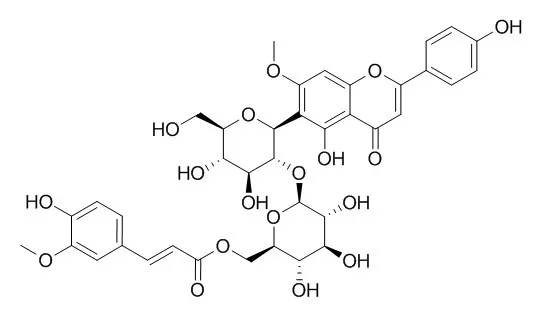

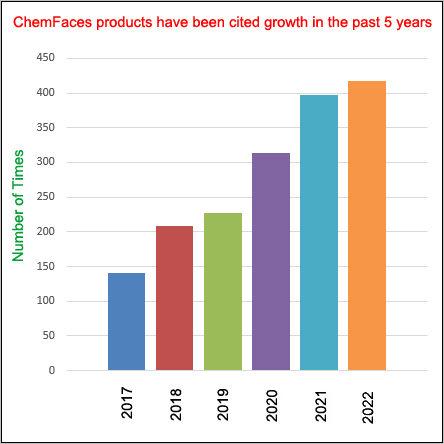
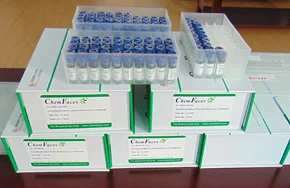
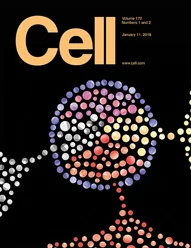 Cell. 2018 Jan 11;172(1-2):249-261.e12. doi: 10.1016/j.cell.2017.12.019.IF=36.216(2019)
Cell. 2018 Jan 11;172(1-2):249-261.e12. doi: 10.1016/j.cell.2017.12.019.IF=36.216(2019)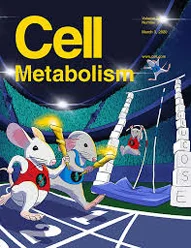 Cell Metab. 2020 Mar 3;31(3):534-548.e5. doi: 10.1016/j.cmet.2020.01.002.IF=22.415(2019)
Cell Metab. 2020 Mar 3;31(3):534-548.e5. doi: 10.1016/j.cmet.2020.01.002.IF=22.415(2019)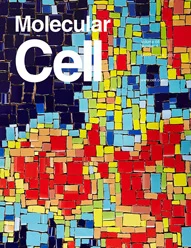 Mol Cell. 2017 Nov 16;68(4):673-685.e6. doi: 10.1016/j.molcel.2017.10.022.IF=14.548(2019)
Mol Cell. 2017 Nov 16;68(4):673-685.e6. doi: 10.1016/j.molcel.2017.10.022.IF=14.548(2019)